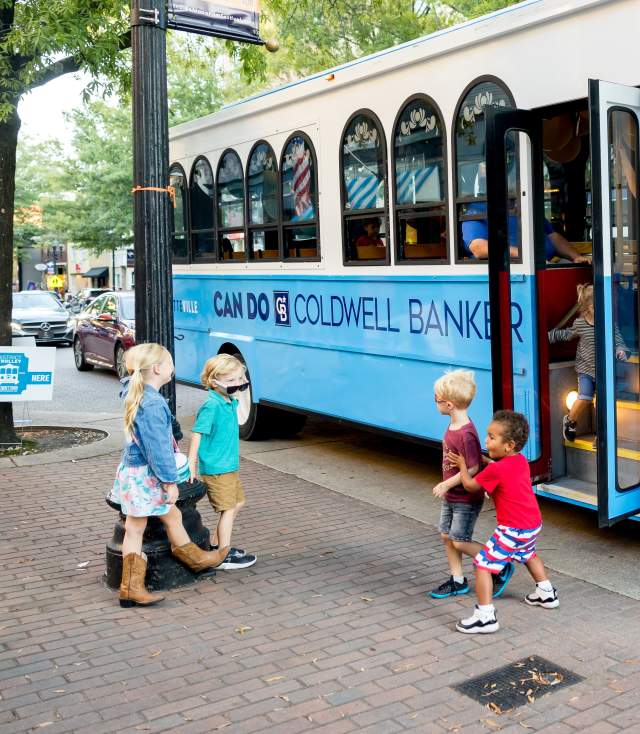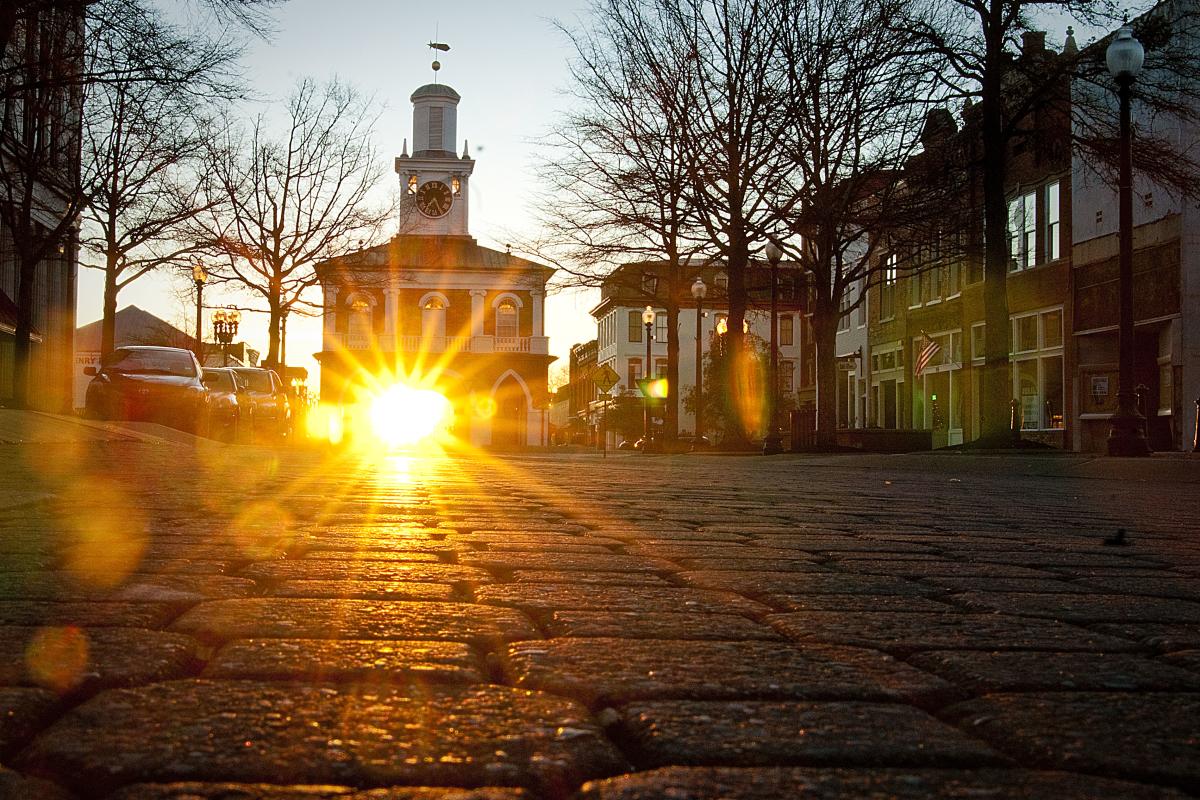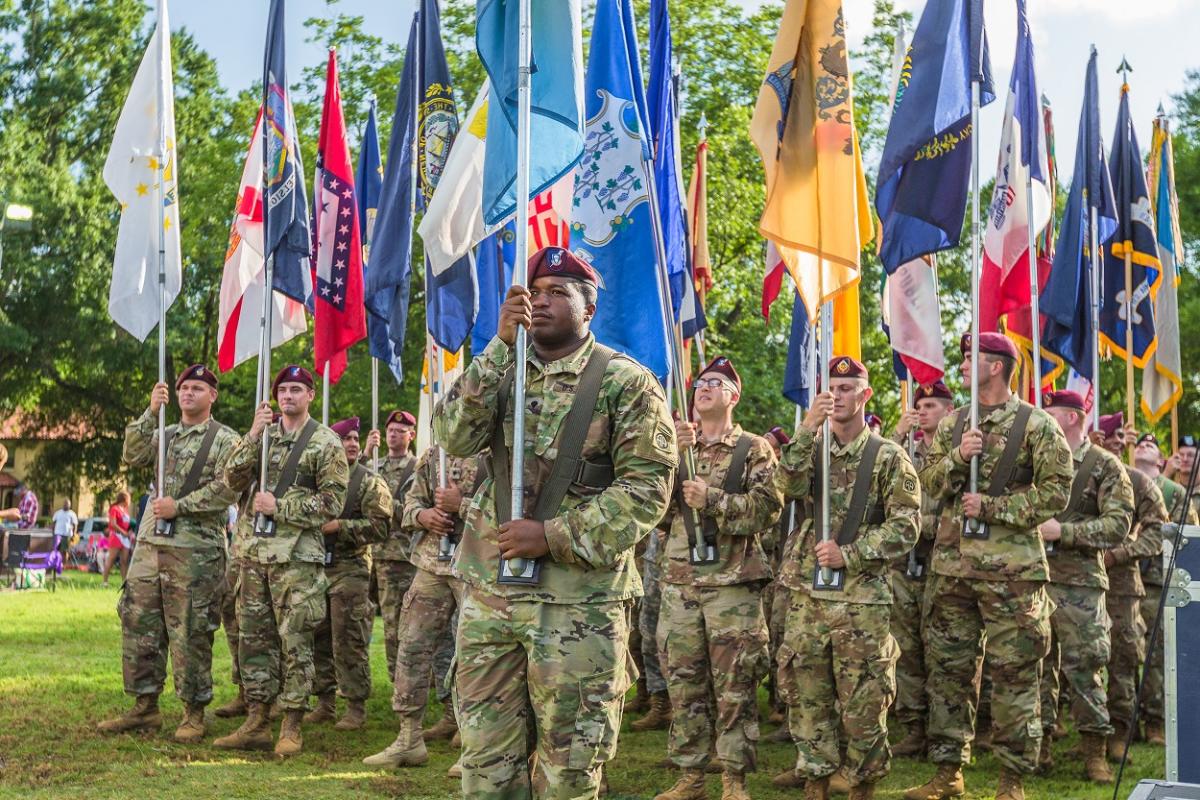Each Cumberland County municipality offers a unique flavor with things to do and places to see.
EASTOVER
Cumberland County’s newest municipality Eastover is a place where community spirit is a part of everyday life…..where people proudly remember their heritage, live with a genuine concern for their neighbors, and unite purposefully to create for the future. The rural setting consists of roads dotted with green pastures, farmland, and small neighborhoods.

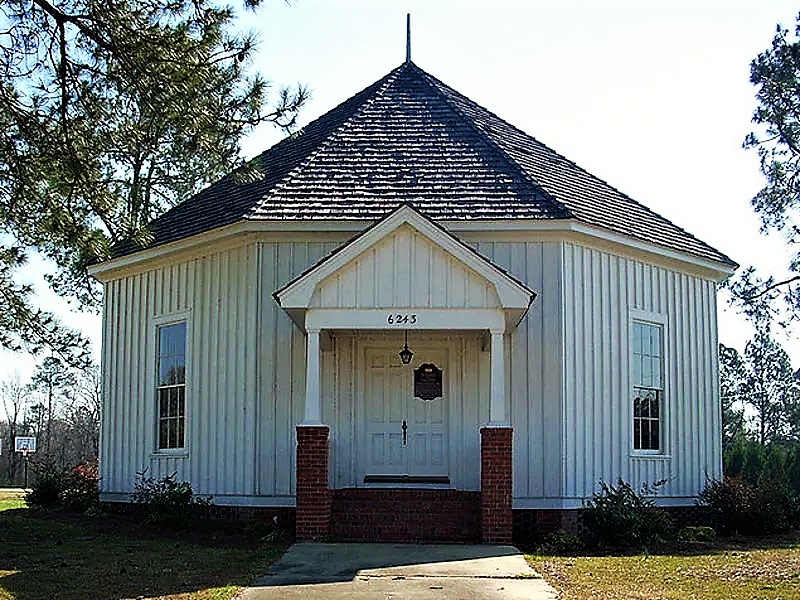
FALCON
Falcon, a town of approximately 300 people in Northern Cumberland County, is home to some of the descendants of the original Falcon residents. Falcon is best known as the location where the Pentecostal Holiness Church was founded. The most unique building in Falcon, The Octagon Tabernacle, was constructed with wood from trees that had been uprooted from a tornado. In 1911, the building became the home of the Pentecostal Holiness Church. Today, it is listed on the National Register of Historic Places.
FAYETTEVILLE
Out of the dozens of U.S. cities and counties named after Revolutionary War hero Marquis de Lafayette, Fayetteville, North Carolina, was the only one he actually visited. Forty-two years after its founding in 1783, Lafayette traveled to Fayetteville in a horse-drawn carriage and was welcomed by residents. The very same carriage in which he arrived is on display at the Fayetteville Independent Light Infantry Armory & Museum.
Fayetteville has played key roles during defining moments in America's history. The Liberty Point Resolves of 1775 pledged local support for the Revolutionary War cause for independence from England, while Scottish heroine Flora MacDonald rallied for the loyalist cause. After the Revolution, with no permanent state capital, the North Carolina legislature periodically met here. In 1789, at a meeting in Fayetteville, the legislature ratified the U.S. Constitution and chartered the University of North Carolina, America's oldest state university.
Known throughout its history for its cultural diversity and military presence, today, Fayetteville stands as a testament to its proud past. Many structures have been painstakingly preserved to reflect this history in nine designated historic districts.
GODWIN
Godwin was charted in 1905 and was named for Issac William Godwin, the area’s first settler. In 1878, Godwin persuaded Wilmington & Weldon Railroad to build a station near his home. For years, the train station was the community’s tie to the outside world. Around the time of WWII, the depot was torn down. According to the 2017 census, the town of Godwin has a population of 145.

HOPE MILLS
In 1789, the first permanent settlement was organized by Little Rockfish Creek. By the mid-1800s the first cotton factory was opened on Little Rockfish Creek. A decade later, this factory was the second largest mill in North Carolina. Over the next 50 years, several other mills were built as the textile industry flourished, so did the Rockfish Factory Village. A story and houses were built for the families that worked the mills. The town of Hope Mills was incorporated in 1891.
LINDEN
Linden is in the northern part of Cumberland County near where the Cape Fear River and Little River meet. The original land for the town was part of a grant issued to Gilbert Patterson by King George II in 1744. Today, Linden is the smallest municipality in Cumberland County with just 130 residents.


SPRING LAKE
Long known for being a gateway community to Fort Liberty, the Town of Spring Lake now offers folks plenty of other reasons to visit. Travelers will find the heart of Spring Lake at the busy intersection of NC 24-87 and NC-210, and this town is also conveniently accessible to I-95 travelers, thanks to the recently constructed I-295.
You simply cannot visit Spring Lake without spending some time exploring and playing in the great outdoors. James Stillman Rockefeller, of Rockefeller family fame, once used his Long Valley Farm here as a winter retreat. Now that family’s farm, buildings, gristmill, and even home all belong to Carvers Creek State Park, a draw for tourists interested in exploring both nature and history.
STEDMAN
Originally known as Blockersville, Stedman was named for the family of John C. Blocker. The name was shortened to Blockers when the stagecoach station and a post office were constructed and remained the same until the Cape Fear and Yadkin Valley Railroad was built from Fayetteville to Wilmington.
Foresighted citizens of the small settlement obtained a railroad station by donating the right-of-way. David and Kelly Sessoms provided land for the station, which was built by local residents. Nathan A. Stedman was instrumental in locating the railroad in the community and the Town was renamed in his honor.
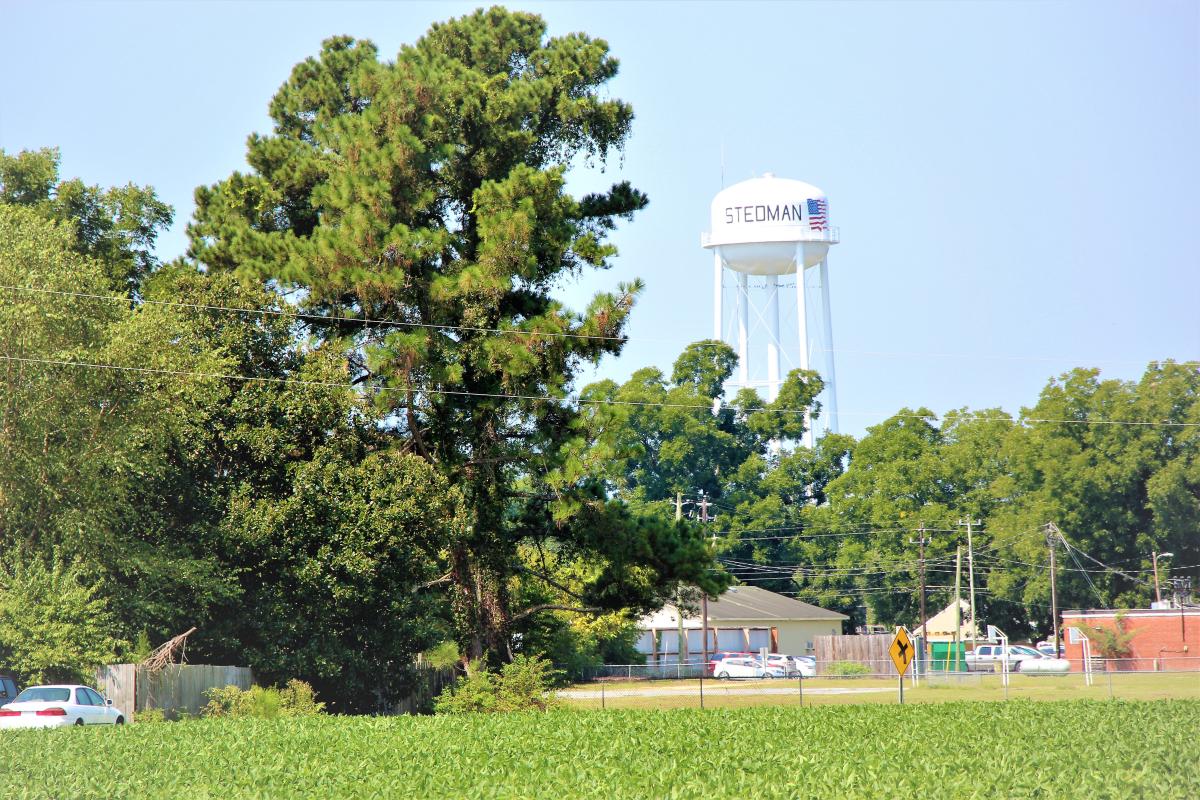
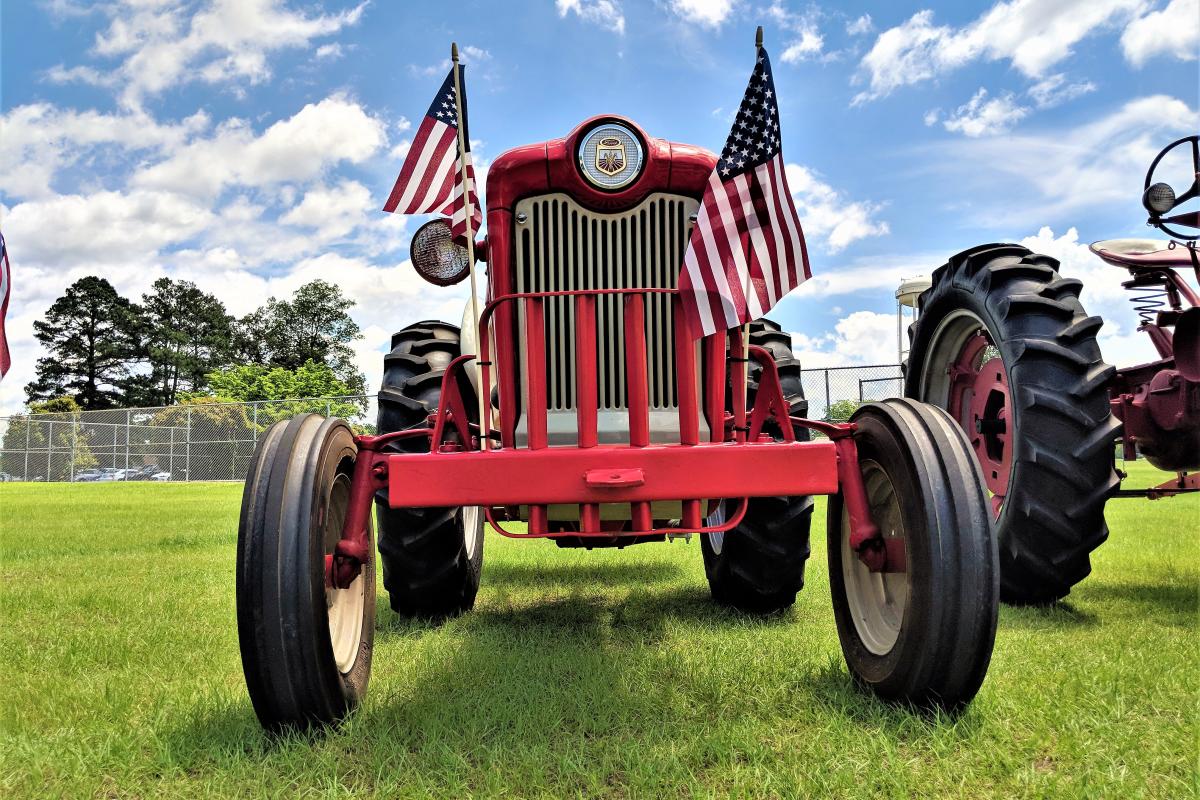
WADE
The Town of Wade was settled around the Wilmington & Weldon Railroad and was named for N.G. Wade. Mr. Wade was a local businessman who sold cross ties to the railroad. The Town was originally charted in 1869; however, this charter was later abandoned.
Wade was again chartered on March 8, 1913. This charter called for the election of a Mayor and three Commissioners. The dimensions described for the Town in the 1913 charter made Wade exactly 1 mile square. Following the ratification of this charter until 1936 the Town progressed with the establishment of a post office, jail, drugstore, street lights, and other businesses.
And FORT LIBERTY
Although much of Fort Liberty is located in Cumberland County, it is not one of Cumberland County's municipalities. It is the world’s largest airborne facility, with over 45,000 military personnel. Among the 82nd Airborne Division, Fort Liberty is home to the 18th Airborne Corps, U.S. Army Special Operations Command, the First Special Forces Command, the Joint Special Operations Command, and the colorful “Golden Knights” of the U.S. Army Parachute Team.
Join Our Email List
Sign up for our emails to get the latest news, personalized trip ideas, and special offers that fit your interests!


